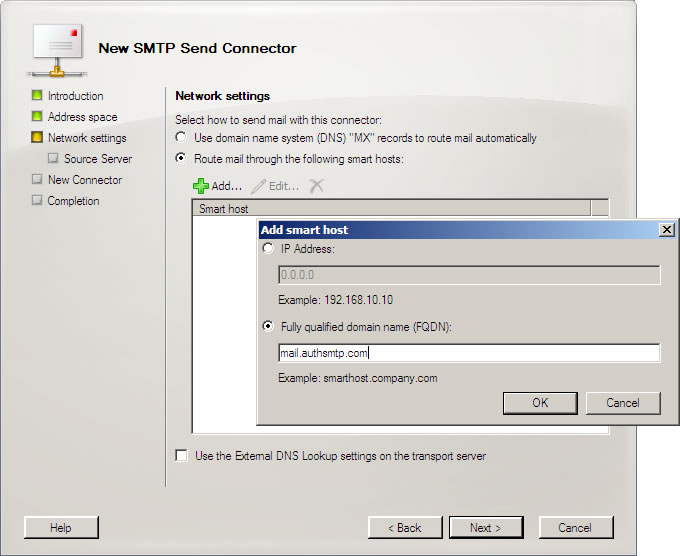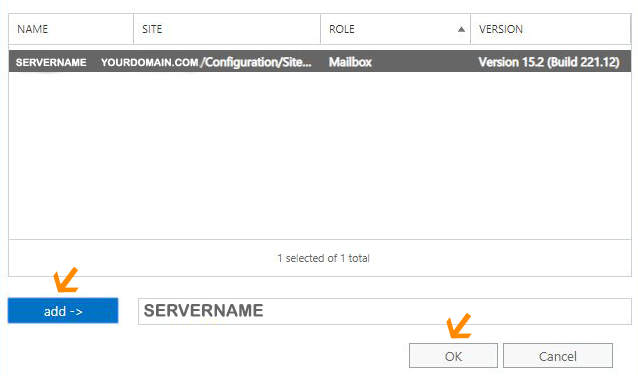

So the problem is when the server resend the message 2 more times with a 1-second delay between attempts and then (presumably) fails delivery and notifies the sender that an error has occurred. After you do that, if you send message to your sub domain, exchange will directly route the message to your subdomain, because it will use the new send connector not your old one. While it's reasonable to fail a message after receiving a number of these "transient failure" responses, the timeout before resending should be higher than 1 second - 10, 15 or 30 minutes are usual values.īy defaut, messages receiving a 4xx SMTP response are processed as a "glitch" 3 times before being put back into the queue for processing on the retry interval. Like AD say, create a new send connector, assign to the send connectors address space, choose dns not smart host to route message. The standard (RFC2821) specifies this as a transient condition and the sender should re-queue the message and resend it later. The problem is that the sending Mail Servers are not delaying in response to a 450 "mailbox unavailable" response.

#4.7.1 smtp 450 4.7.1 : Recipient address rejected: Greylisted" For assistance, contact your system administrator. "You do not have permission to send to this recipient. Here is an example of what that NDR looks like: When Exchange tries to send mails to certain domains that implement ‘greylisting’, the mails fail to get delivered and an NDR is generated. Greylisting is used on some mail servers to tempfail first attempt of an email, asking the sending server to retry later. Put MAIN_TLS_ENABLE = 1 into is a potential issue between the Mail Servers that implement Greylisting and MS Exchange SMTP Servers.** R=smarthost T=remote_smtp_smarthost: SMTP error from remote mail server after MAIL FROM: SIZE=1538: host ex. : 530 5.7.1 Client was not authenticated Our MSEXCHG then refuses to send the mail and the following (ultimate) log entry shows up:

Figure 3-4: Setting Domain Security on the Receive Connector.

You should see that both the Transport Layer Security (TLS) and Enable Domain Security (Mutual Auth TLS) options are selected if they are not, select them now. On the right hand side, you should see the hub transport. Here, bring up the properties of the default Receive connector and select the Authentication tab. Use the console tree to navigate to Microsoft Exchange On-Premises -> Organization Configuration -> Hub. The console tree is the pane on the left.
#Exchange 2010 smarthost how to#
TLS error on connection to ex. (send): The specified session has been invalidated for some reason. Here’s how to do it: Open the Exchange Management Console (EMC) as administrator.TLS error on connection to ex. (recv): A TLS packet with unexpected length was received.In passwd.client ( exim4_files (5)) I have added the following line: starting exim with the configuration described above, I get the following two TLS errors in mainlog:.exim4_files (5)) we configured exim to use :587 as a smarthost. These servers are located in the DMZ, which is why the upvoted solution in Authenticating to Exchange 2010 smarthost? is not an alternative, as we cannot allow a server in the DMZ to just send mails willy-nilly via our Exchange server. We do have a set of staging servers which should now use our MSEXCHG as smarthost for outgoing mail. My company has set recently set up an Active Directory driven Microsoft Exchange environment to consolidate outgoing mails.


 0 kommentar(er)
0 kommentar(er)
